Making a Bees Nest: The Pollinating Power of Native Canadian Bees
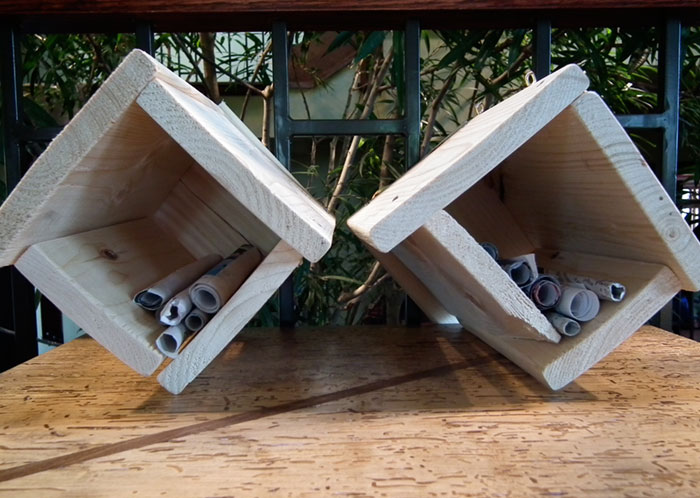
Pollinating native Canadian bees fill your belly and support our delicate, wondrous biosphere!
Say a mental “Thank you!” to Canadian bees when eating incredible, fresh summer market fare, growing a bountiful garden or enjoying the great Canadian outdoors. Then join us in making a bees nest!
Did you know that most pollinating native Canadian bees do not sting, are solitary, live in the ground and come in a wide range of colours?
Supporting native bees provides an invaluable service, as these bees are pollinators. Moving pollen grains between flowers leads to plant production and regeneration. Amongst pollinating animals, native bees are responsible for one of every three bites of food we eat! The pollination style of native Canadian bees is to visit a few flowers per plant, moving from plant to plant and spreading pollen widely. The result is increased genetic variation and higher-quality fruit and seeds.
My family made two handmade wooden bee nests (pictured here) to support solitary native bees nesting around Tree House Kitchen. Environment Hamilton and Hamilton Naturalists’ Club initiated this bee box-building initiative.
Once we pack the nesting material (rolled up newspaper and dead, hollow stems such as goldenrod, Queen Anneʼs lace and cattails) into the structures, we will place and hang them in the gardens, according to directions.
Placement of the nests is important. For example, placing them in the direct morning sunshine helps warm the bees as they prepare for flight. And putting them near flowers that bloom from spring to fall helps support busy bees.
Bees usually lay eggs in the spring, but some do all year. If a female solitary bee finds an individual tube to her liking, she will lay a trail of eggs on a nectar and pollen ball that she separates by partitions. Within the tubes, larvae will hatch, eat their provisions and then make cocoons. Mature adults will emerge in the summer or the following spring.
Please see Pollination Guelph’s resources to learn about supporting pollinating native Canadian bees. Its “Make Your Own Wooden Bee Nest” and “Make Your Own Milk Carton Bee Nest” downloads are great to get started.
Summer is a busy time for bees, as well as for Tree House Kitchen! We load up on bee-supported fresh Ontario fruits and vegetables while cruising local suppliers and farmers’ markets. Recipe testing and menu writing continue as we share more cooking tips in this blog. Follow my Facebook page for more food inspiration.
Update: We’re so proud of our work in our hands-on teaching and dinner party classes, but we no longer offer classes. We hope you enjoy reading about our past classes, and our new direction as a food literacy company specializing in problem-solving skills and resources for busy families and community members—like you!

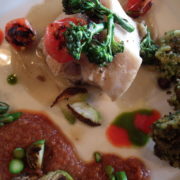
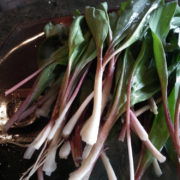
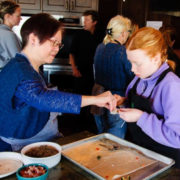
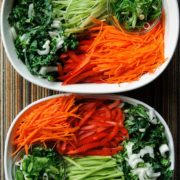


Leave a Reply
Want to join the discussion?Feel free to contribute!